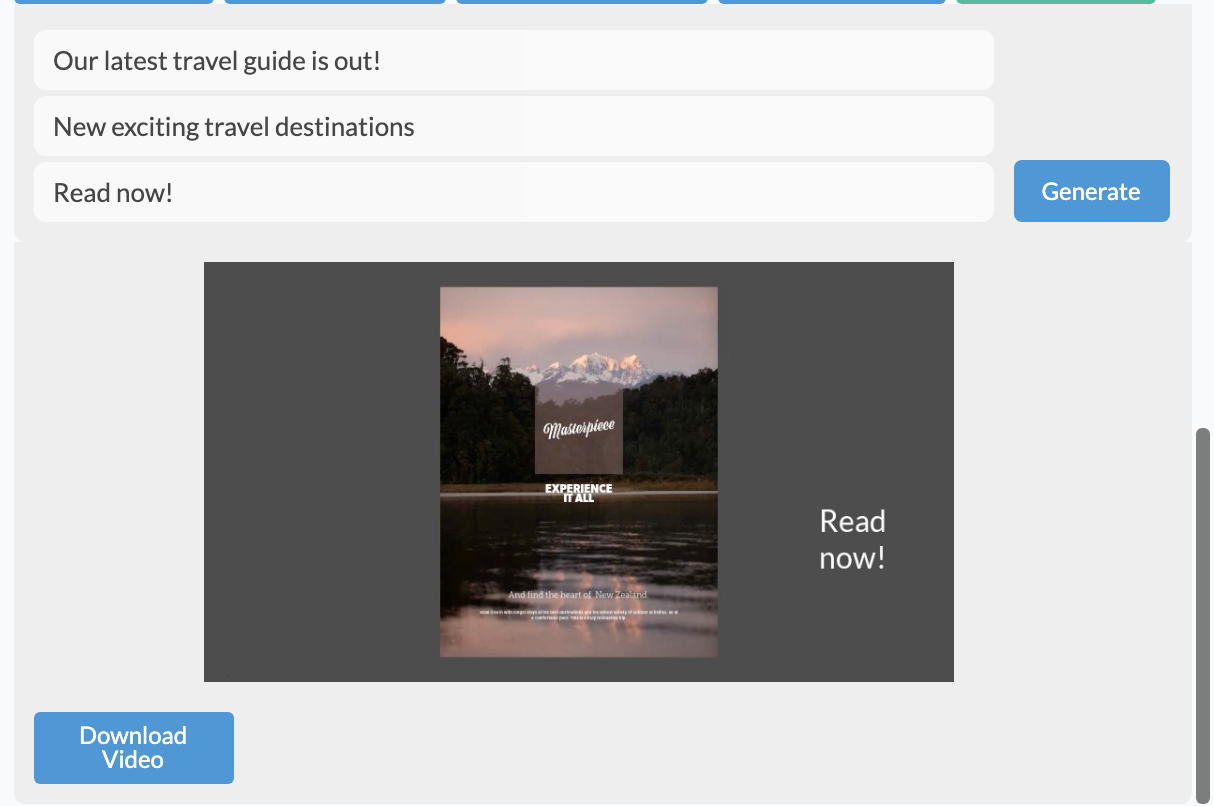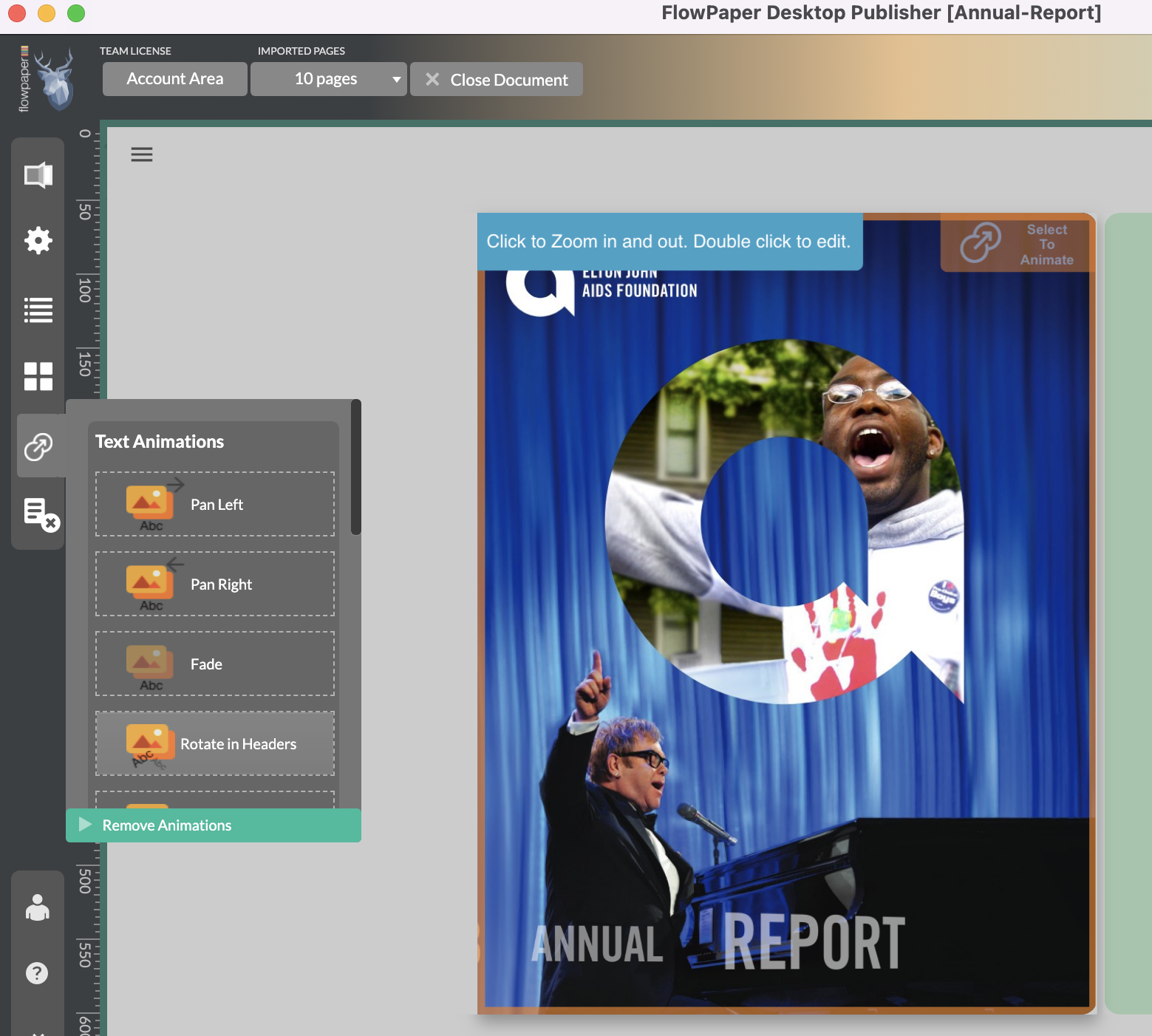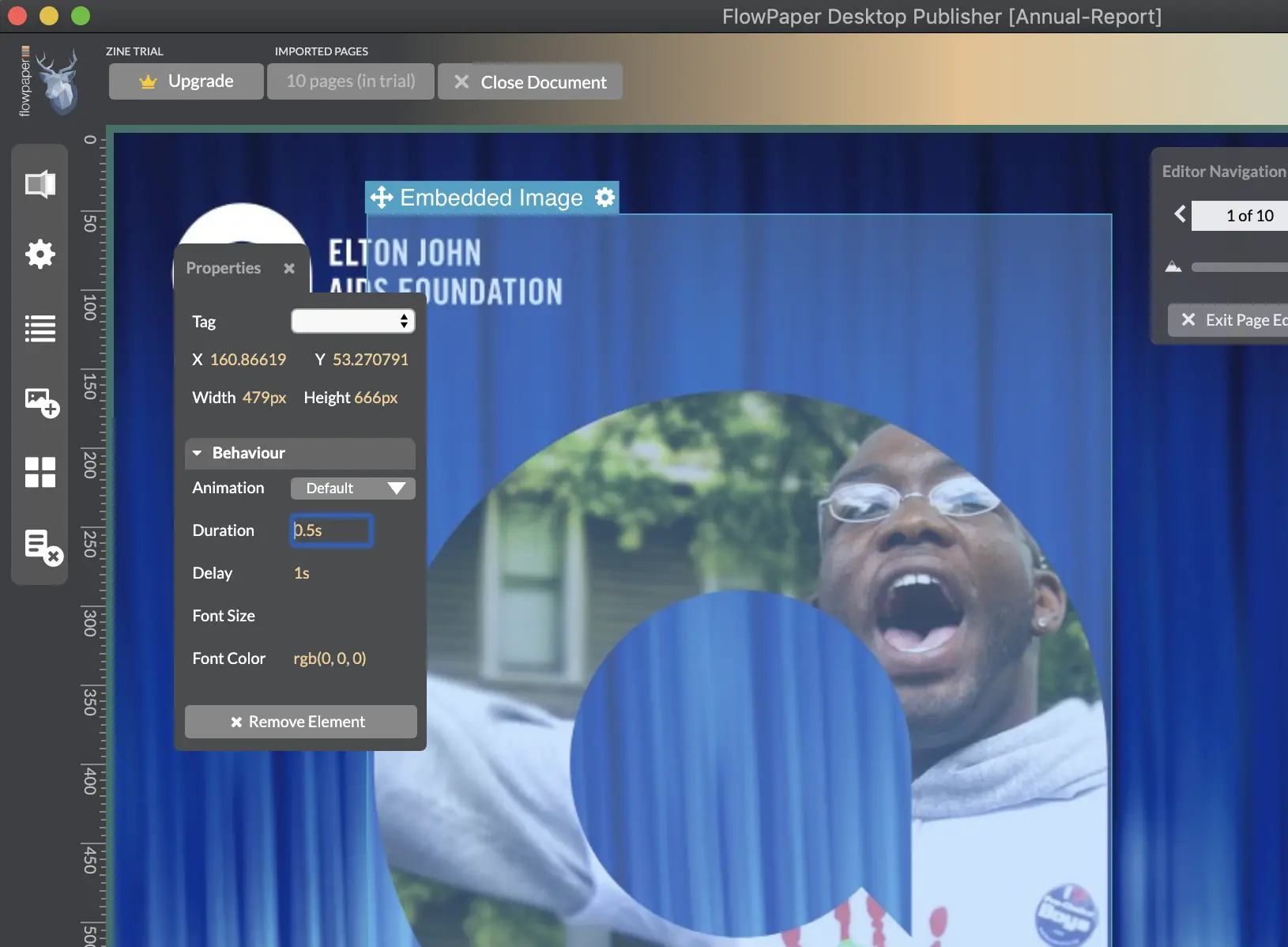FlowPaper 3.6.4 Release Notes
30 November 2022
Christmas is getting closer and we’re working hard to get the most requested features out to you in time for events and shopping campaigns. Version 3.6.4 has a number of improvements and fixes that we know some of you’ve been waiting for.
- Updated the FlowPaper 3D rendering library providing improved performance and stability for the Zine template
- Improved handling for zoom keys in the browser (+/-)
- Improvements in positioning of the fisheye icons at the bottom of the Zine template to better accomodate different zoom levels when embedded in iframes
- Improved the functionality for renaming publications from the dashboard
- Improved handling of OCR documents to make sure text is always searchable via the “Export Invisible Text” setting
- Included “Generate Promo Video” on the sharing dialogue window accessible from the dashboard.
- Improved overall exception/error handling in the desktop publisher
- Various minor improvements to the interactivity editor
- Minor improvements to the flipbook video maker (promotional video generator)
- Bug corrections to the setting of image animations in Elements
- A new icon set for the Zine template!
- It is now possible to protect publications so that they are only displayed when embedded on your specified domain
Kia Kaha!


